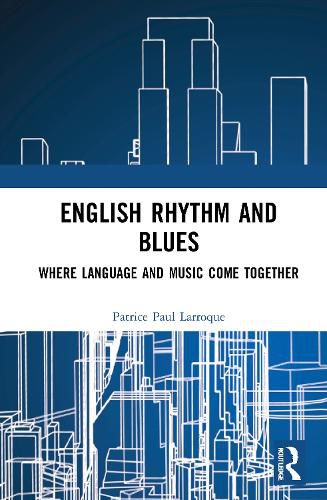Readings Newsletter
Become a Readings Member to make your shopping experience even easier.
Sign in or sign up for free!
You’re not far away from qualifying for FREE standard shipping within Australia
You’ve qualified for FREE standard shipping within Australia
The cart is loading…






Patrice Larroque hypothesizes that early blues singers may have been influenced by the trochaic rhythm of English. English is stressed and timed, which means that there is a regular beat to the language, just like there is a beat in a blues song. This regular beat falls on important words in the sentence and unimportant ones do not get stressed. They are squeezed between the salient words to keep the rhythm. The apparent contradiction between the fundamentally trochaic rhythm of spoken English and the syncopated ternary rhythm of blues may be resolved as the stressed syllables of the trochee (a stressed-unstressed sequence) is naturally lengthened and assumes the role of one strongly and one weakly stressed syllable in a ternary rhythm. The book suggests investigating the rhythm of English and the rhythm of blues in order to show how the linguistic rhythm of a culture can be reflected in the rhythm of its music.
$9.00 standard shipping within Australia
FREE standard shipping within Australia for orders over $100.00
Express & International shipping calculated at checkout
Stock availability can be subject to change without notice. We recommend calling the shop or contacting our online team to check availability of low stock items. Please see our Shopping Online page for more details.
Patrice Larroque hypothesizes that early blues singers may have been influenced by the trochaic rhythm of English. English is stressed and timed, which means that there is a regular beat to the language, just like there is a beat in a blues song. This regular beat falls on important words in the sentence and unimportant ones do not get stressed. They are squeezed between the salient words to keep the rhythm. The apparent contradiction between the fundamentally trochaic rhythm of spoken English and the syncopated ternary rhythm of blues may be resolved as the stressed syllables of the trochee (a stressed-unstressed sequence) is naturally lengthened and assumes the role of one strongly and one weakly stressed syllable in a ternary rhythm. The book suggests investigating the rhythm of English and the rhythm of blues in order to show how the linguistic rhythm of a culture can be reflected in the rhythm of its music.